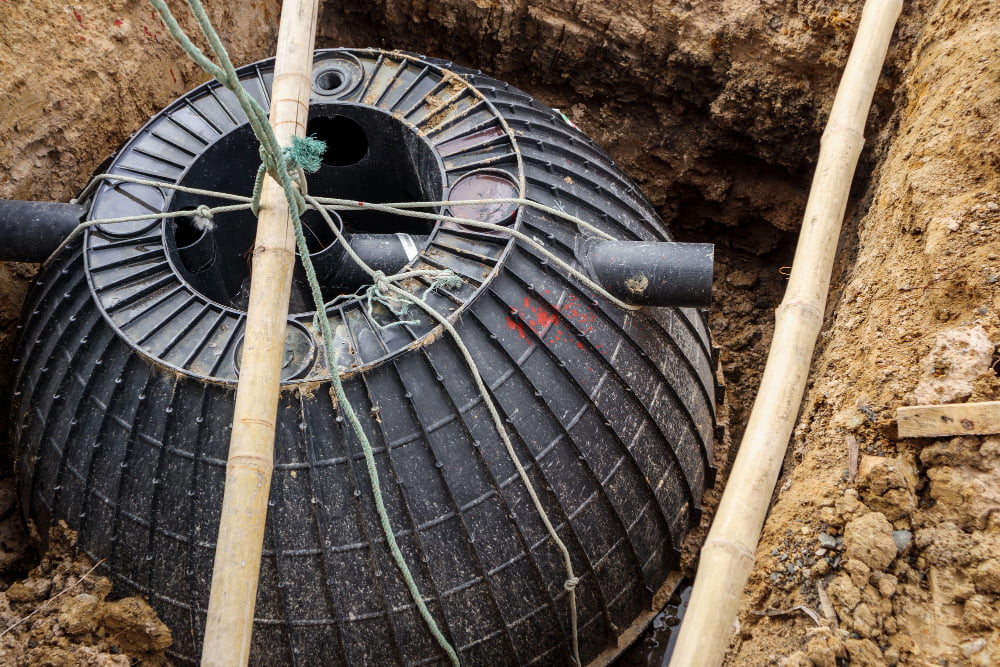Last updated on
This guide aims to equip homeowners with the knowledge and understanding they need to navigate the common issues that can occur with septic systems. From identifying early warning signs of system failure to preventative maintenance, we’ll cover the essential topics to ensure your septic system continues to function efficiently and reliably.
This guide will provide you with practical advice and tips, so you can avoid costly repairs and keep your home running smoothly.
Recognizing Early Warning Signs

The first step towards maintaining a healthy septic system involves recognizing the warning signs of potential problems. Unpleasant odors around your home, particularly in areas near the septic tank, may hint at an issue. Similarly, slow drains, frequent backups, or an overly lush lawn over the drain field could signal a problem with your system.
Other signs may be less obvious but equally serious. For instance, the presence of nitrates in your drinking water could indicate a failing septic system. Regular water testing is crucial in identifying such issues early on. Similarly, changes in the color or texture of your lawn around the septic tank may also be warning signs.
Being aware of these signs and responding promptly can help prevent minor issues from escalating into major problems. Regular inspections by a professional can be invaluable in identifying and addressing issues before they cause significant damage. You can click here or do some research online to find the right company for your septic system inspection needs. Keep in mind that preventative maintenance is always more cost-effective than emergency repairs.
Preventative Maintenance
Proactive maintenance can significantly extend the life of your septic system. This includes regular pumping of the septic tank, typically every three to five years, depending on usage. Regular pumping prevents the buildup of solids, which can lead to system failure if left unattended.
In addition to pumping, it’s important to be mindful of what goes down your drains. Avoid flushing non-biodegradable items and limit the use of harsh chemicals, which can disrupt the bacterial balance in your tank needed for waste decomposition. Reducing water usage can also help prevent the system from becoming overwhelmed.
Dealing with System Failure

Despite our best efforts, system failures can still occur. In such cases, immediate professional intervention is crucial. Signs of system failure include sewage backup in your home, pools of water or muddy soil around your septic tank, or a strong foul odor.
The process of resolving a system failure will depend on the root cause of the problem. This could involve repairing or replacing parts of the system, or in severe cases, replacing the entire system. Remember, attempting to fix septic issues on your own can be dangerous and could potentially exacerbate the problem.
Planning for the Future
Planning for the future of your septic system involves setting aside funds for regular system maintenance and potential repairs. It also means staying informed about advancements in septic system technology that may offer more efficient, sustainable solutions.
Consider working with a local septic service company that offers service contracts. This can simplify the process of scheduling regular maintenance and can provide peace of mind knowing that professionals are monitoring your system. In many cases, these contracts also offer priority service for emergencies.
The Takeaway
Maintaining a healthy septic system is essential for the smooth running of your home, and can save you from costly emergency repairs. By being proactive in recognizing early warning signs, conducting regular preventative maintenance, handling system failures promptly, and planning for the future, you can ensure the longevity and efficiency of your septic system.
Remember, the cost of prevention is always less than the cost of repair. Invest in your septic system’s health today for a worry-free tomorrow.
Recap:



